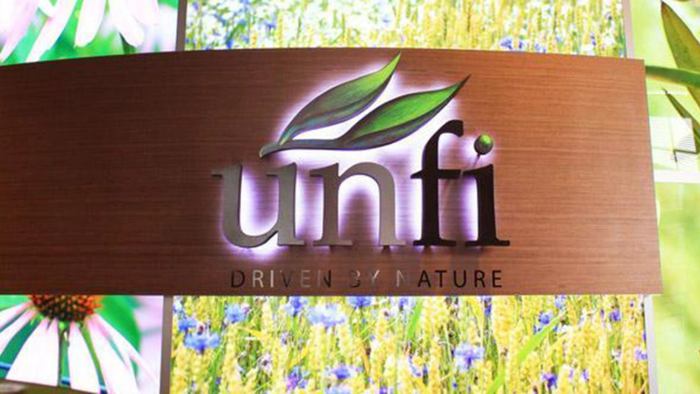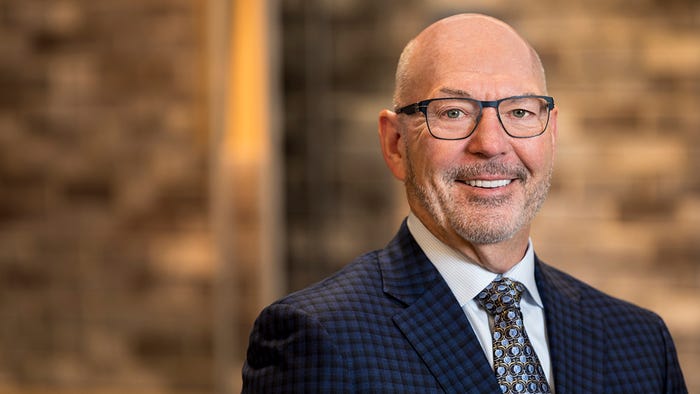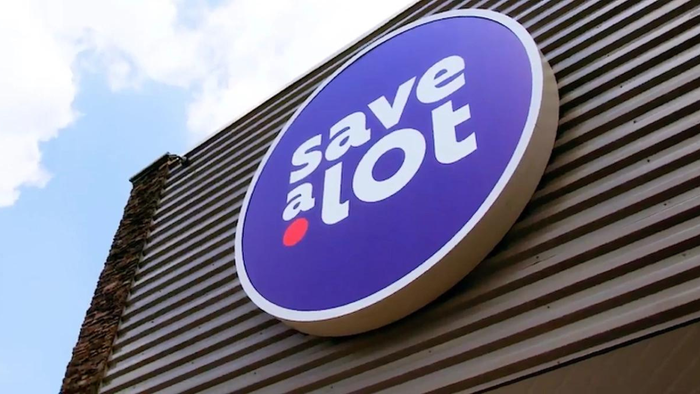IRI Report Finds "Golden Opportunity" with Boomers and Seniors
January 1, 2018
Accounting for more than 50 percent of CPG spending, the baby boomer/senior market spent more than $200 billion across shopping channels in the last year alone. And, with the number of Americans aged 65 and older set to double during the next 25 years, this spending power will continue to grow. To help CPG marketers maximize growth opportunities in this market, the latest IRI Times & Trends report, “Aging America: Carving Out Growth in Mature Markets,” takes a closer look at the shopping and consumption habits of older consumers and how they shift throughout the golden years. “By 2020, annual CPG spending by boomers and seniors will surpass $230 billion,” says Susan Viamari, editor of Thought Leadership, IRI. “Healthcare-related spending represents a significant share of overall CPG spending for mature shoppers, so it is crucial for CPG marketers to focus on proactive wellness and disease state management to activate these shoppers. With this type of spending on the table, even a fraction of one share point can easily translate into hundreds of millions of dollars.” It’s no surprise that health and wellness are important to boomers and seniors. However, this doesn’t mean that they are only purchasing prescription medications and shopping for the typical healthcare products. Like all consumers, mature consumers are investing in healthier living today to maximize long-term healthcare expenditures. As a result, “healthier for you” has emerged as a significant opportunity across CPG aisles. IRI’s latest New Product Pacesetters study found that these products are not limited to the healthcare aisles. In fact, the top-selling food launch for 2013 was Dannon Light & Fit Greek yogurt, a yogurt that has twice the protein of traditional yogurt, with only 80 calories. And, among non-foods, L’Oreal’s Advanced Haircare, a line of hair care products that makes hair more beautiful by enhancing hair health, took the top spot. Retailers are innovating to serve this market, too. Walgreens, for instance, recently partnered with GlaxoSmithKline to launch “Sponsorship to Quit,” a free online smoking cessation program. Going forward, retailers and manufacturers must continue to look across the store for opportunities to support and advance consumers’ wellness-related efforts. Consumers are embracing proactive self-care, because it’s less costly to maintain good health today than it is to face chronic disease tomorrow. Aging consumers are investing disproportionately in a wide range of preventive care and simple healthcare solutions. Sales of products, such as gastrointestinal liquid, home healthcare/kits, vitamins and internal analgesics, are showing exceptional growth among the mature marketplace. To protect and grow share in these related categories, marketers must not only understand the broad range of conditions that are prevalent and/or top-of-mind among older consumers, but they also must educate consumers on the ingredients and products that can help them prevent and manage these diseases. “It’s important to remember that mature consumers want to achieve and maintain wellness, but they are not interested in the latest fad,” adds Viamari. “When you have more than 9,500 new brands hitting retail shelves each year that are touting new ingredients and benefits, it can be overwhelming. That’s why clear communication of product benefits, product uses and value is absolutely essential with these shoppers.” Engage with Shoppers Older consumers still rely heavily on traditional media, such as circulars, coupons from home as well as signs or displays in stores when making brand decisions. However, marketers should not rule out digital media. More than 27 million people over the age of 55 are engaged in social networking, and nearly 71 percent of boomers and 59 percent of seniors visit social networking sites on a daily basis. To reach mature consumers effectively, marketers must leverage traditional media and supplement with new media programs that are tailored to target consumers’ place on the technology adoption curve. “There’s no question that the mature market is poised for significant growth,” continues Viamari. “The trick for marketers is to get a good grasp on the aspirations, challenges and attitudes that mark this unique and mature marketplace.”
About the Author
You May Also Like




